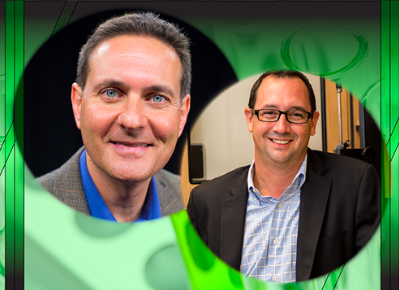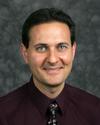

Research Terms
Medicinal Chemistry Physical Sciences Organic Chemistry
American Chemical Society, Member; 1993 - present
Associate Editor, Perspectives in Medicinal Chemistry (Libertas Academica); 2006 - 2013
A non-technical description of the how prescription drugs are discovered and brought to market. Some of the topics covered include herbal remedies, aspirin case study, how drug compounds are made, drugs in the body, why such high cost.
Subject Areas:
Audience:
Adults
Duration:
2-3 hours
Fee:
Greater than $500
Epilepsy is a chronic central nervous system disorder affecting approximately 65 million people worldwide and about 1% of the US population. The disease causes seizures or periods of unusual behavior, sensations, and sometimes loss of awareness. Although there are 26 FDA-approved antiepileptic drugs (AEDs), nearly 30% of patients do not respond to them. Additionally, the long-term use of current AEDs is limited due to their adverse effects, withdrawal symptoms, and harmful interactions with other medicines.
Researchers at Florida Atlantic University have developed a novel class of compounds containing an all-carbon bridged bicyclic scaffold called resveramorphs (RVMs) for treating epilepsy. These synthetically accessible compounds are structurally distinct from existing AEDs. Testing in a disease model revealed that RVMs possess superior seizure prevention capability compared to existing FDA-approved AEDs.
FAU seeks partners to advance this technology into the marketplace through licensing or development partnerships.
Cardiovascular disease remains the leading cause of death globally, with myocardial infarction (MI) and stroke representing critical emergencies that demand immediate and effective treatment. Traditional therapies, while lifesaving, often fall short in preventing the subsequent oxidative damage that occurs when blood flow is restored to the heart. This gap in care highlights an urgent need for innovative treatments that can mitigate the damaging effects of ischemia and reperfusion injury, thereby enhancing patient outcomes and survival rates.
Researchers at Florida Atlantic University have developed a novel class of drugs termed "resveramorphs". These bridged bicyclic compounds represent a significant step forward in preventing cardiovascular ischemia and reperfusion. By targeting the intricate mechanisms of ischemic and reperfusion injury, resveramorphs have shown promising neuro and cardioprotective effects in a preclinical model, suggesting their potential as therapeutic agents to prevent a heart attack.
FAU seeks to advance this innovation into the marketplace through licensing or development partnerships.





